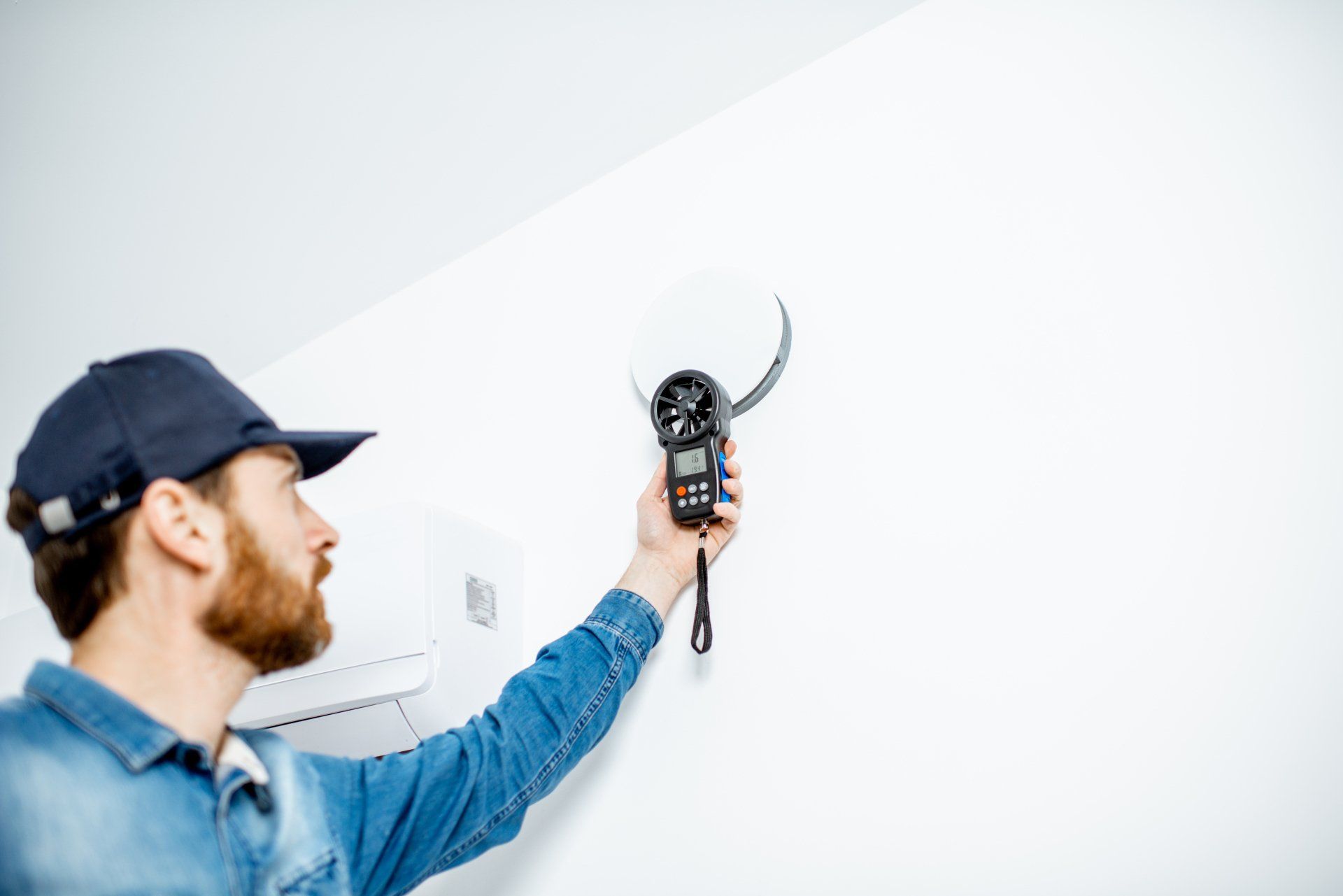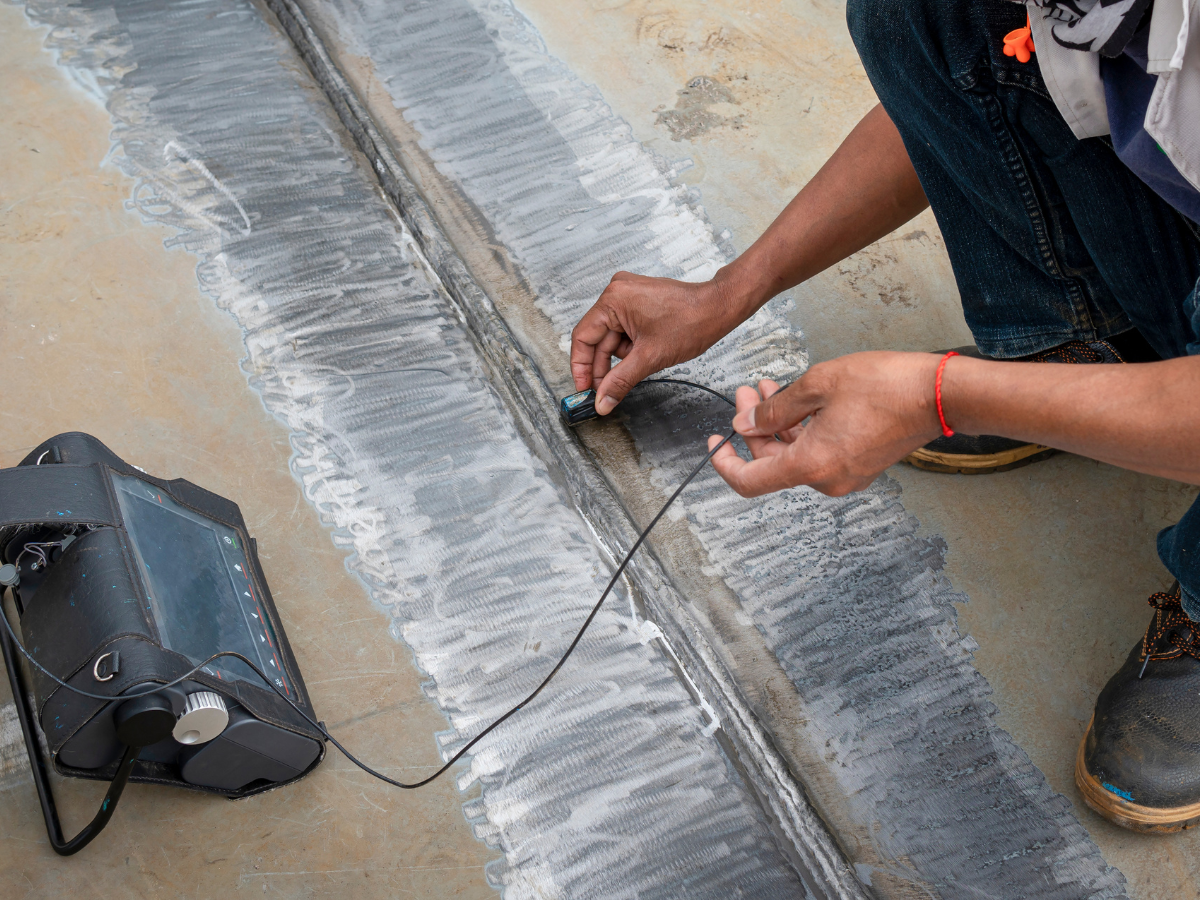Common Types of Non-Destructive Testing Services
March 11, 2022
Non-destructive testing is critical in many different industries. The nature of non-destructive testing, or non-destructive examination services, makes it a viable solution that has become increasingly popular in recent years due to the importance of effective, non-disruptive testing for industries and their assets. The following guide will help you learn more about the most common types of non-destructive testing services.
What Are Non-Destructive Testing Services?
First, it's important to understand the basic nature of non-destructive testing services. A non-destructive testing service allows for equipment to be inspected or examined without it being shut down or physically entered.
This allows for the operation of the equipment to continue without significantly interrupting its work time, and thus interrupting the productivity of the equipment.
In industries where productivity is critical not only to profits but to the continued creation of assets, non-destructive examination services are extremely beneficial and important. Even a single day of non-operation can mean the difference between a productive and non-productive output, which is where non-destructive examinations come into play.
Common Types of Non-Destructive Testing
The following are some of the most common types of non-destructive testing that are utilized today, along with the types of issues that they can typically spot:
Ultrasonic testing involves the usage of ultrasonic waves to help defect issues and characteristics of asset material. Ultrasonic waves can help determine characteristics like thickness and elasticity, as well as spot issues like cracking and the wearing down of material.
Penetrant testing is designed to help spot any issues in smooth, non-porous surfaces. The most common usage for this technique is to find issues with forging, welding and casting elements, such as any existing leaks or cracks. This technique requires applying penetrant to the asset and then determining whether any penetrant remains after its removal, indicating an issue.
Visual testing is a visual inspection by trained technicians who are trained to spot visual issues with equipment and assets. Visual inspections include niche inspections, such as a certified welding inspection, which is done by a technician trained in that niche.
Magnetic particle inspections allow for anomalies to be detected in materials like nickel, cobalt and iron. This technique uses a magnetized material that is applied to the equipment or asset that is being tested, which will help determine any potential flaws.
Which Type of Testing Is Best?
The type of non-destructive testing utilized for any particular piece of equipment or particular asset will depend on the nature of the equipment as well as its materials. For example, visual inspections can be done on just about any type of equipment. However, magnetic particle inspections are suited to equipment or assets which will respond to the magnetized material required to perform this type of inspection.
If you aren’t certain which type of inspection is best for your needs, feel free to reach out to
Steel City NDT. We’d be happy to help you determine which testing method - or if necessary, multiple testing methods - are best suited to your situation.
You might also like





